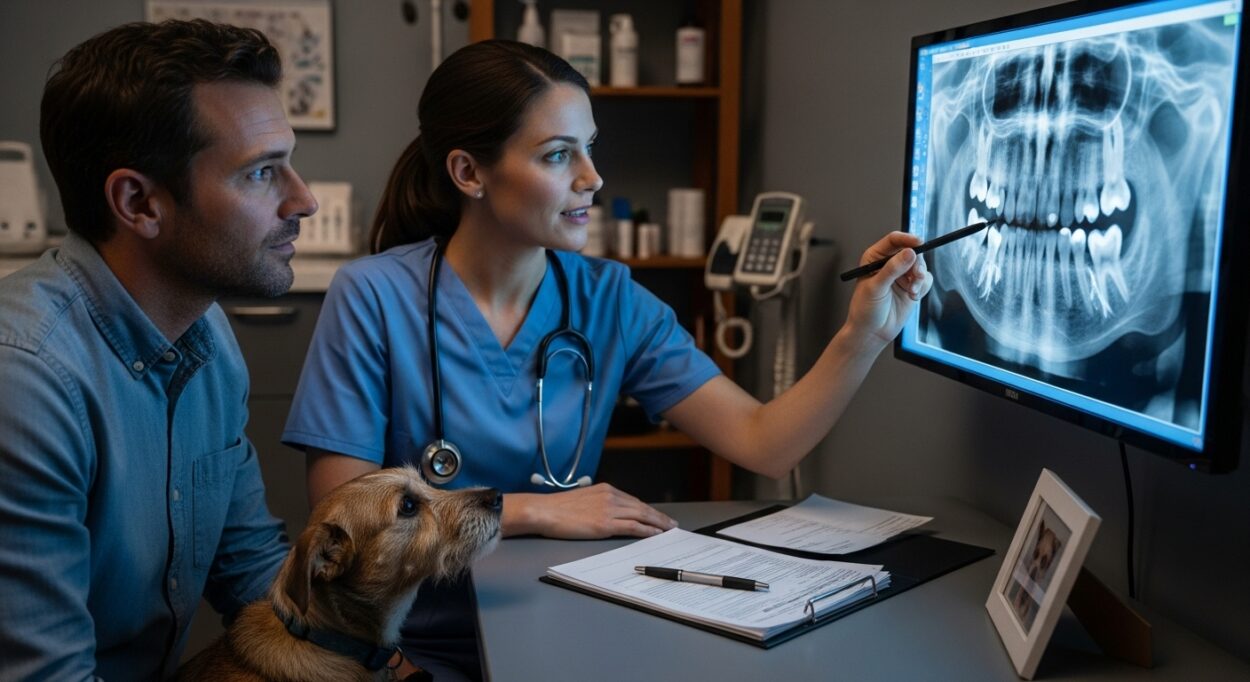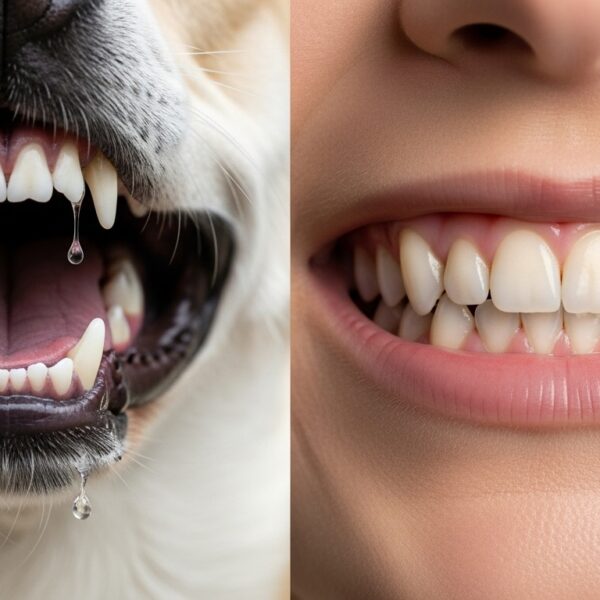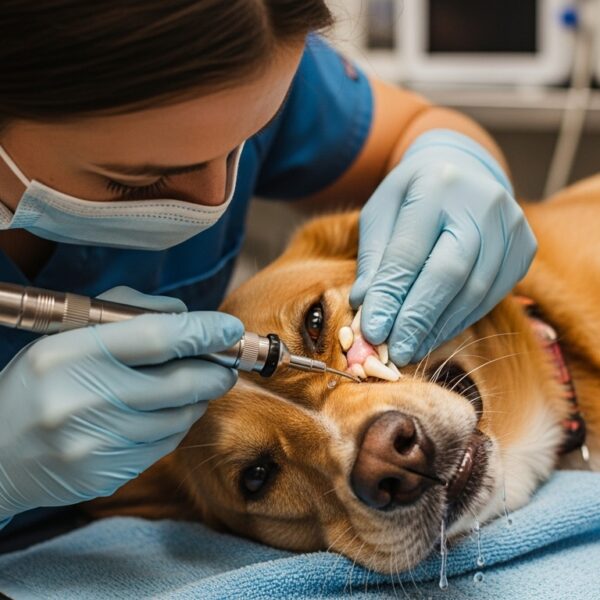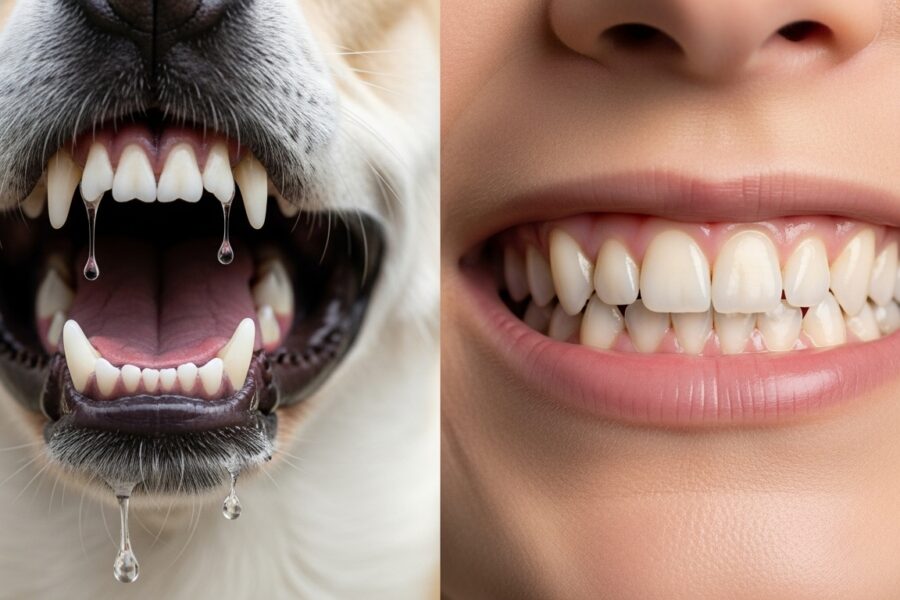Table of Contents
Introduction
If you’ve heard about dog teeth cleaning without anesthesia, you’re not alone! More pet parents than ever are exploring this dental care option, hoping to avoid the risks of putting their pups “under.” It can sound appealing—no scary drugs, your dog is awake, and the procedure usually costs less.
But what’s the truth behind the practice? Is dog teeth cleaning without anesthesia safe and effective, or is it just a shortcut that skips vital care? Let’s break down the facts, so you’ll know what’s right for your best friend.

What Is Anesthesia-Free Dog Teeth Cleaning?
Anesthesia-free (or “awake”) teeth cleaning for dogs means just that—your dog stays awake during the procedure. A trained technician or veterinarian will clean tartar and plaque off your dog’s visible teeth, usually with special scaling tools.
How Does It Work?
- Gentle Restraint: Your dog is gently restrained or held still, usually in the lap or on a table.
- Hand Scaling: The professional uses hand tools, mirrors, and scrapers to remove visible tartar from each tooth.
- No Deep Cleaning: Cleaning is limited to the surface of the teeth (above the gum line).
- Shorter Visit: Most sessions are quick—20 to 45 minutes.
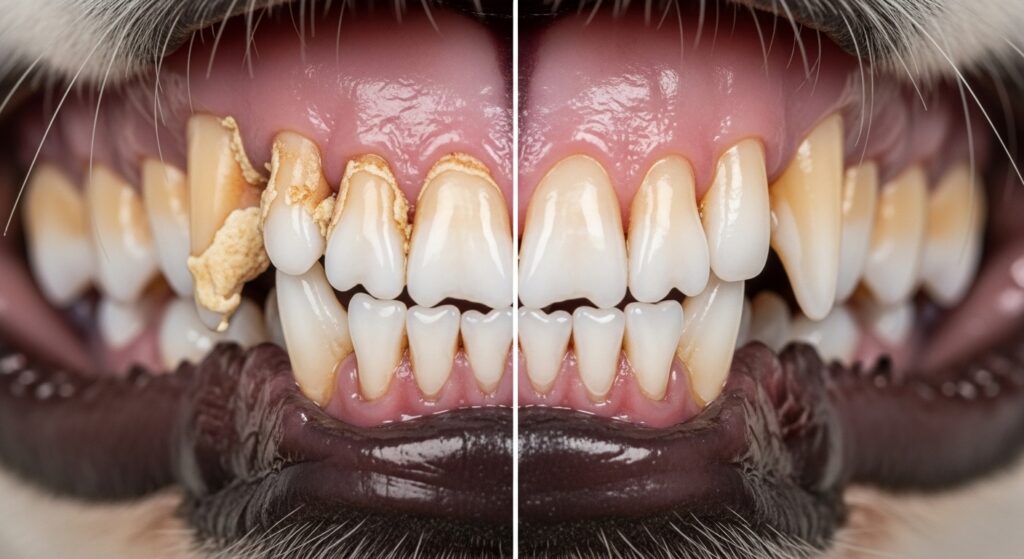
Is It Safe?
The Good News
- Lower Risk: No anesthesia means no risk of anesthesia reactions—a major concern for senior dogs or those with certain health conditions.
- Less Stress (Sometimes): For relaxed, tolerant pups, the experience can be less stressful than a hospital admission.
- Fast Recovery: Since dogs stay awake, there’s no grogginess or “recovery period” after the visit.
The Concerns
- Handling Stress: Many dogs (especially anxious, nervous, or reactive ones) may be stressed or even scared by being gently restrained and having their mouths handled.
- Rare Injuries: If the dog moves suddenly, there is a very small risk of gum nicks or tool slips.
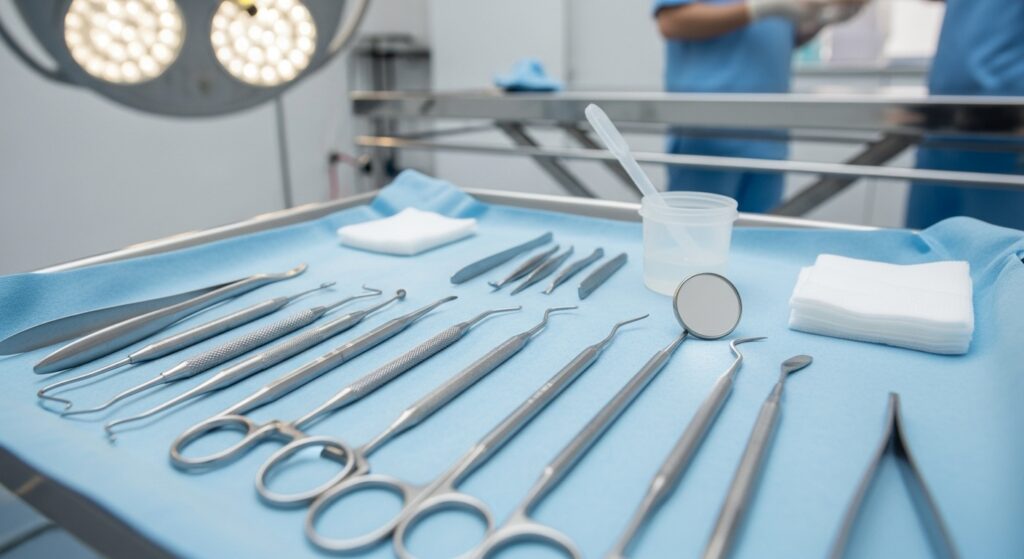
Is It Effective?
What Anesthesia-Free Cleaning Can Do
- Removes Visible Tartar: Hand scaling can make teeth look much cleaner.
- Reduces Bad Breath: Removing surface plaque helps freshen breath.
What It Can’t Do
- No Deep Cleaning: The most important part of a full dental cleaning happens below the gum line where bacteria hide and dental disease starts. Technicians can’t effectively clean here when your dog is awake.
- Missed Disease: Awake cleaning rarely involves dental x-rays. Tooth fractures, infections, and hidden disease may go unseen.
What Veterinarians Say
Most veterinary dental experts agree: Anesthesia-free cleaning improves cosmetics (the look of the teeth) but misses the root of real dental health problems. Full, professional dental cleanings under anesthesia are considered the gold standard for preventing gum disease, pain, and long-term tooth loss.
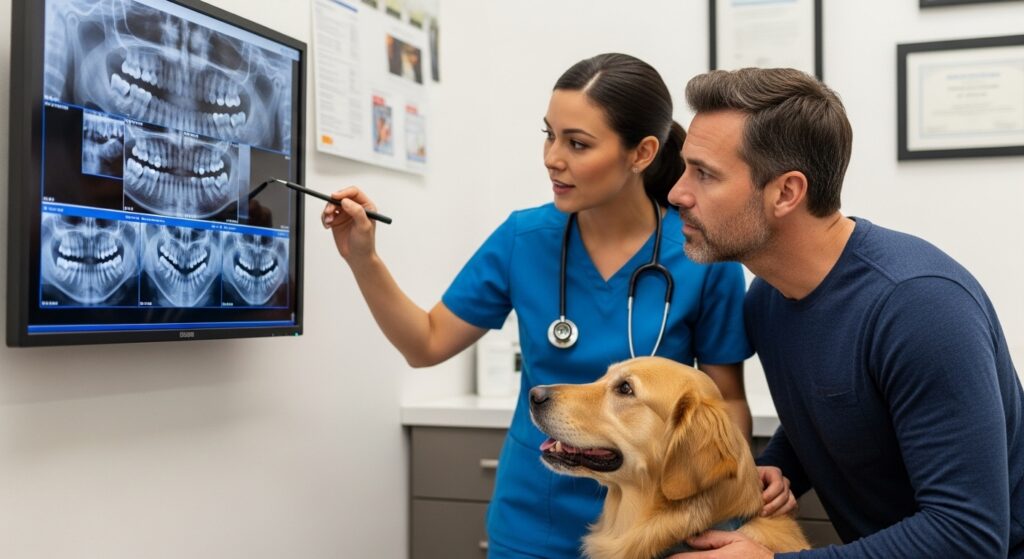
Pros & Cons at a Glance
| Pros | Cons |
| No risk from anesthesia | Only cleans above the gum line |
| Less expensive | Misses hidden disease & infections |
| Quicker, easier recovery | Not recommended for aggressive or highly anxious dogs |
| May help with breath & appearance | Not a substitute for full professional cleaning/x-rays |
So… Should You Choose No-Anesthesia Dog Teeth Cleaning?
It depends on your dog and your goals. If your dog is generally healthy, not prone to dental disease, and gets regular full cleanings at the vet, anesthesia-free treatments can help with maintenance in between.
However, if your dog has signs of gum disease, tartar, bad breath, or is overdue for dental cleaning, anesthesia-free procedures are NOT a full substitute for a professional cleaning done by a vet under anesthesia.
Always ask your veterinarian for advice before scheduling, especially if your dog has special health needs!
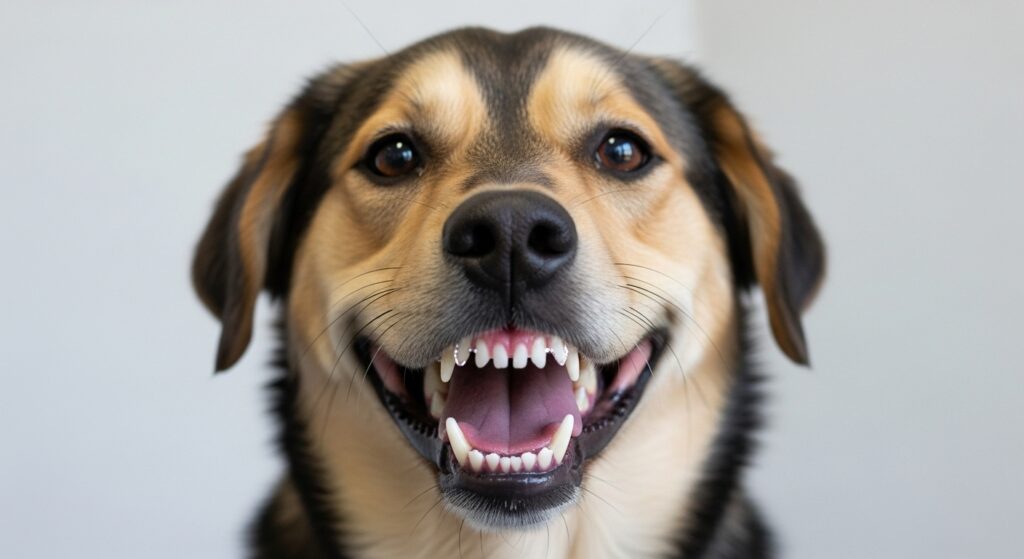
The Ultimate Guide to Dog Training Border Collies (From Puppy to Adult)
FAQs: Dog Teeth Cleaning Without Anesthesia
Q1: Is anesthesia-free dog teeth cleaning painful?If done by a gentle, experienced professional and your dog is tolerant, most dogs show little discomfort. But if your dog gets anxious or resists, it can get stressful.
Q2: How often should I consider anesthesia-free cleaning?It’s best used as a cosmetic/maintenance option in between full dental cleanings—usually every few months for dogs with minimal dental disease.
Q3: What dogs benefit most from anesthesia-free dental cleaning?Healthy, calm, small-breed dogs (who are often at higher risk from anesthesia), or older pets unable to undergo anesthesia may benefit from surface cleanings—but only under guidance from your vet.
Q4: What are the signs my dog needs a full dental (with anesthesia)?Bad breath, bleeding gums, loose/broken teeth, heavy tartar, drooling, pawing at the mouth, or a sudden change in eating habits are warning signs—see your vet ASAP!
Q5: Can I clean my dog’s teeth at home instead?Daily brushing with a dog-safe toothbrush and toothpaste is the best home care, along with dental chews and vet checks. But home care rarely replaces the need for professional deep cleaning.
Final Thoughts
Dog teeth cleaning without anesthesia can play a role in cosmetic upkeep or as an option for dogs unable to have anesthesia, but it’s no replacement for full, below-the-gum dental care from your vet. When in doubt, always side with your dog’s long-term health—ask your veterinarian and maintain a solid oral hygiene routine at home.

